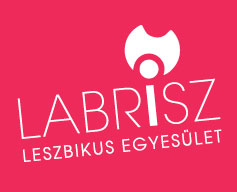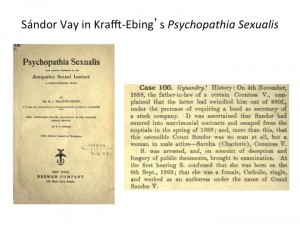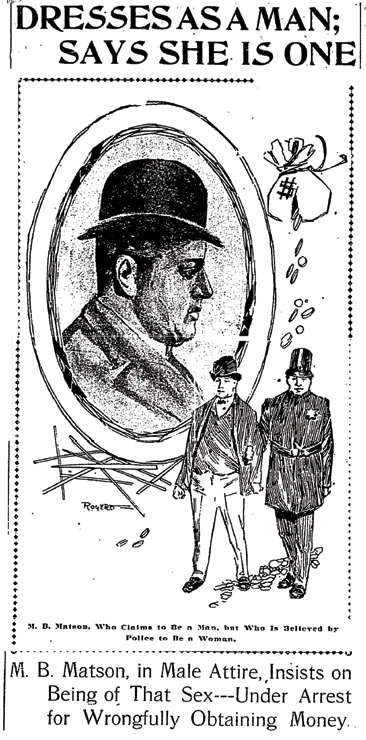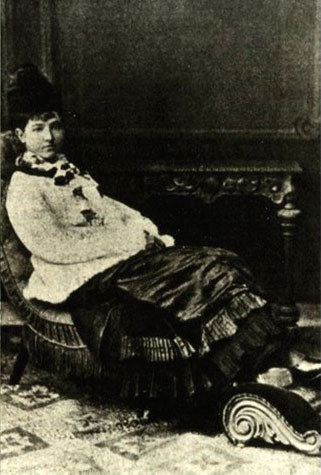 Labrisz Lesbian Association was called into life in 1999 by the need for an initiative which, apart from providing social space, reflects on the social position of lesbian and bisexual women in Hungary in a more organized form. As the first and so far the only lesbian association, we work for creating a society where women have the possibilities to freely choose their partner, way of life, and live their identity without fear in all spheres of their life. The most important purpose of Labrisz Lesbian Association is community building, strengthening the self-acceptance and visibility of lesbian and bisexual women, and creating a discourse with society through publications, information and a school program. We also seek to facilitate the discovery, cultivation and promotion of lesbian culture. For more information visit: Labrisz Association.
Labrisz Lesbian Association was called into life in 1999 by the need for an initiative which, apart from providing social space, reflects on the social position of lesbian and bisexual women in Hungary in a more organized form. As the first and so far the only lesbian association, we work for creating a society where women have the possibilities to freely choose their partner, way of life, and live their identity without fear in all spheres of their life. The most important purpose of Labrisz Lesbian Association is community building, strengthening the self-acceptance and visibility of lesbian and bisexual women, and creating a discourse with society through publications, information and a school program. We also seek to facilitate the discovery, cultivation and promotion of lesbian culture. For more information visit: Labrisz Association.
In order to achieve its aims, the organization engages in the following activities:
Lesbian Identities Festival (LIFT): An annual lesbian cultural festival in Hungary since 2005, which includes film screenings, workshops, literary readings, an exhibition of lesbian artists’ works and a women’s party.
School Program: Since 2000 we have been running a school program, in cooperation with Szimpozion Association. We are invited to secondary schools and colleges to talk about stereotypes, homophobia, gender identity, sexual orientation, rights and freedoms, coming out, issues affecting LGBT people, and the work of grass roots civil rights organizations.
Publications: In “Labrisz-books” series we have published a collection of essays about identity and representation: Lesbian Space (2000); a literary anthology: Counterwinds: Lesbians in Fiction (2001); a teacher’s handbook: Not a Taboo Anymore: A Manual for Teachers on Lesbians, Gays, Bisexuals and Transgenders (2002); an autobiographical collection: DevelopedSelf-Portraits: Lesbian Women’s Autobiographical Writings (2003); and a volume of interviews with 16 middle-aged and older lesbians: Secret Years (2011).
Lesbian Herstory Project: Our aim is to explore, collect and publicize Hungarian lesbian culture and herstory. In 2008 we started to collect the life stories of 45+ years old lesbians. Secret Years, a documentary film based on 11 interviews, was premiered in the 2009 LIFT Festival; the book was published in 2011. Hilda Gobbi Film Club: A lesbian film club on every first Saturday of the month. The films are followed by a discussion of the film’s topic, with invited guests.
Budapest Pride: We participate in organizing the annual LGBT Festival, arranging women’s workshops and other events.
Labrisz Relax: A monthly gathering in Labrisz office where women can meet and share their experiences in an informal setting.
Queen of Spade Game Club: A bi-weekly club in Café Vis Major, where women can meet and play cards and board games in a lesbian-friendly environment. Budapest Lesbian Film Committee: A creative working group of independent lesbian filmmakers making low-budget movies. Their films include: What can a young lesbian do in the big city?, The Pink Ferret, a series of short movies Big Films from the Small World, Puszta Cowboy, Coming-Out Ball, A Pilgrimage to the Land of the Goatrouge, and Bandage, Socks and Hair.
Labriszinfo mailing list: We run a mailing list, in order to provide a forum for sharing information about lesbian-related programs, issues, initiations. Contact: 1395 Budapest, Pf. 408. labrisz@labrisz. hu, www.labrisz.hu
Sándor/Sarolta Vay (1859 – 1918)
 Sándor/Sarolta Vay (1859 – 1918) was a Hungarian journalist and writer of the turn of the twentieth century. She was born a woman, into a family of the Hungarian aristocracy, but was raised and lived the life of a traditional gentry male of his age. His figure was widely represented in the contemporary press and literature, and her case was analyzed by the psychiatrist Richard von Krafft-Ebing. She had a few affairs and some long-term relationships with women. In his connections she presented and identified himself as a heterosexual man, and he was accepted like that by his contemporaries, but his way of life involved both psychological and practical difficulties.
Sándor/Sarolta Vay (1859 – 1918) was a Hungarian journalist and writer of the turn of the twentieth century. She was born a woman, into a family of the Hungarian aristocracy, but was raised and lived the life of a traditional gentry male of his age. His figure was widely represented in the contemporary press and literature, and her case was analyzed by the psychiatrist Richard von Krafft-Ebing. She had a few affairs and some long-term relationships with women. In his connections she presented and identified himself as a heterosexual man, and he was accepted like that by his contemporaries, but his way of life involved both psychological and practical difficulties.
One of his promising relationships was interrupted by a legal procedure that soon turned into a medical exploration. Vay had gotten into debt, having borrowed 800 forints from her “father-in-law” for the deposit of an actually non-existent secretarial job. The father-in-law denounced him and during the time he spent in prison, his female sex was discovered. Vay was sent to an asylum, where the juridical medical expert, Dr. Birnbacher, examined her and wrote an expert’s opinion, on the basis of which Krafft-Ebing published her case study under the label of gynandria. Sándor/Sarolta’s is the longest case in Psychopathia Sexualis in the chapter on “congenital sexual disorder in women” and his case received attention in the international press as well. Vay’s cross-dressing and gender-bending seemed to be the only way to avoid the lot of a dependent woman and also the only conceivable way to be a lesbian in that age. Vay was not an activist of women’s or gay rights – it was his/her very existence that challenged traditional gender roles and boundaries.
 |
 |
 |
 |
 |
 |
| The platonic ideal: Actress Mari Hegnesi Loves of Såndor Vay |
The partner: Actress Emma Eszeki Loves of Såandor Vay |
- Migrating Archives: Participating Archives
- Adarna Food and Culture Restaurant
- The Australian Lesbian and Gay Archives
- The Fonds Suzan Daniel
- GALA
- Gay, Lesbian, Bisexual Transgender Historical Society
- Glasgow Women’s Library
- Hall-Carpenter Archives
- Il Cassero and Centro di Documentazione
- Labrisz Lesbian Association
- The Leslie Lohman Museum
- The National Archives
- rukus!
- Virginia Commonwealth University Libraries

